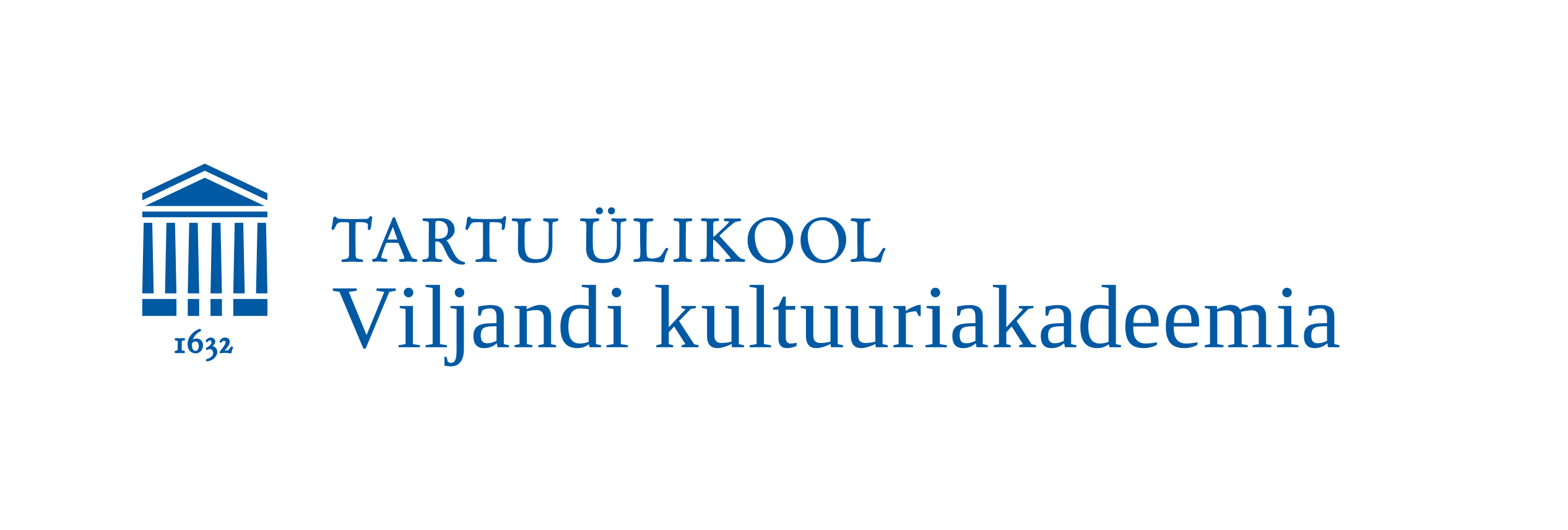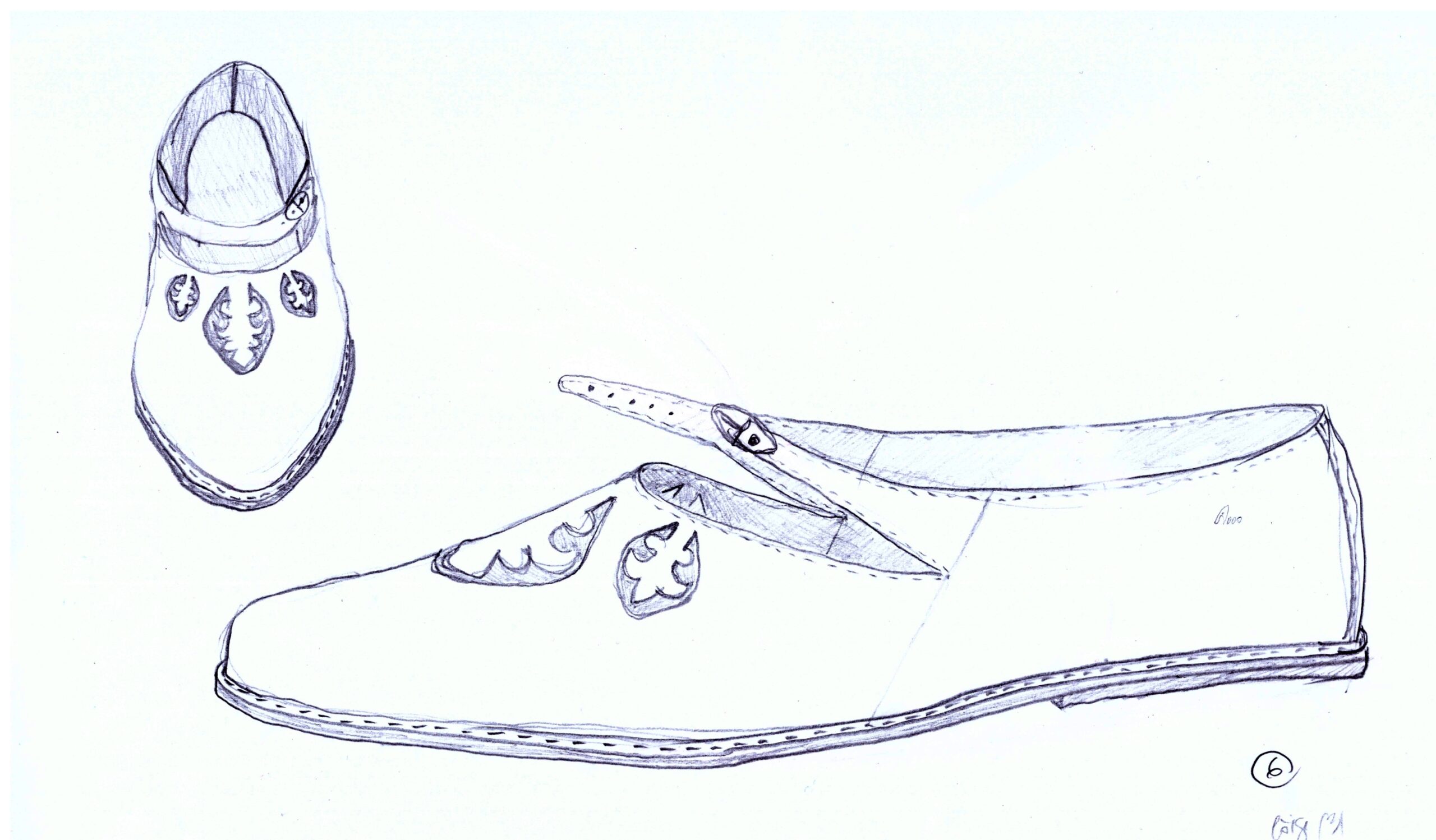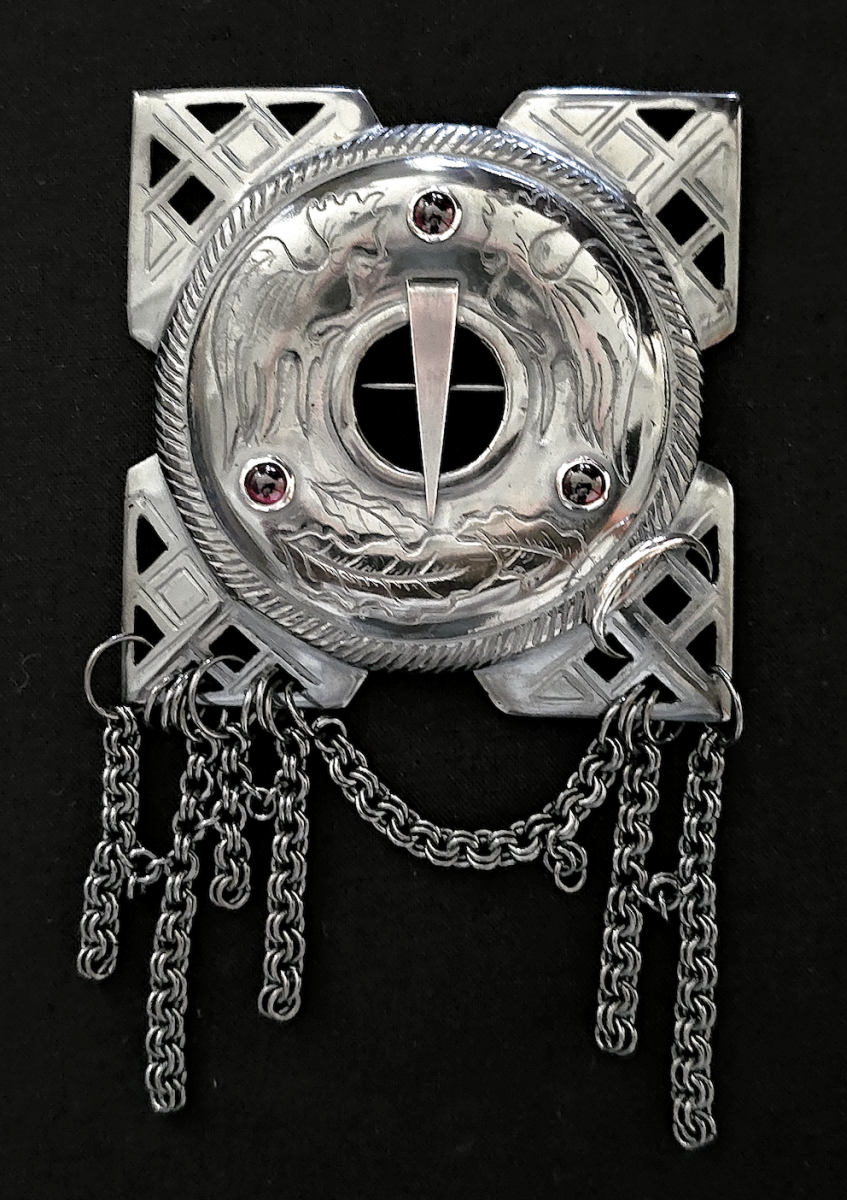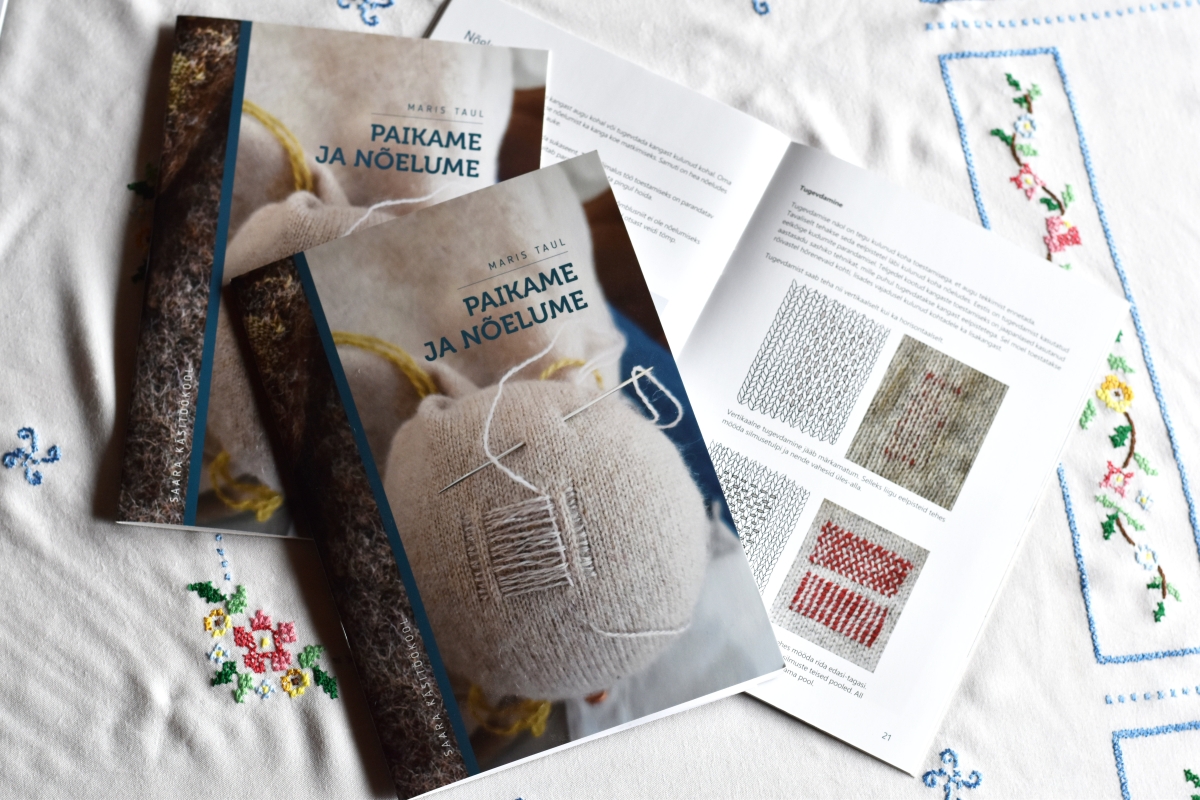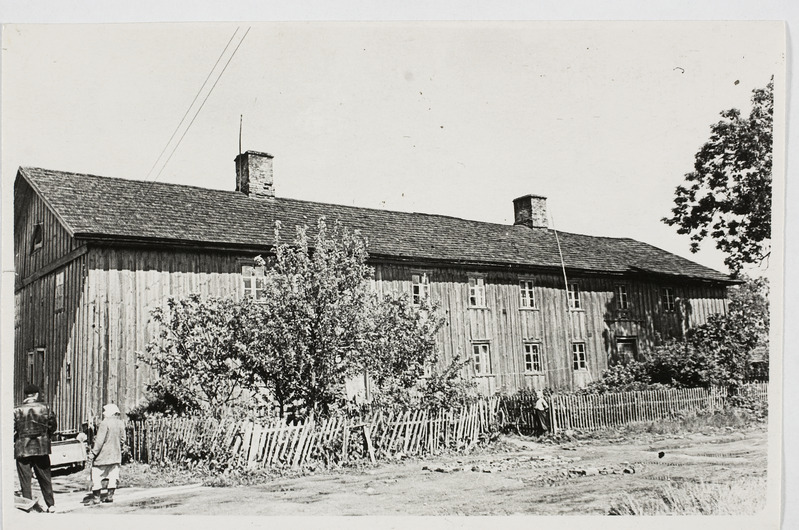“13.-15. SAJANDI NAHKJALATSIPEALSETE LEIDUDEST INSPIREERITUD TÄNAPÄEVASED VABAAJA-JALANÕUD” (Juhendaja Kristina Rajando
LÜHIÜLEVAADE: Anneli Oru lõputöö on järg seminaritööle „Keskaegsete jalatsite kaunistusvõtted – 13.-15. sajandi leiud Tartust ja Tallinnast“. Seminaritöö eesmärgiks oli anda ülevaade keskaegsetest nahkjalanõudest ning uurida lähemalt, kuidas neid kaunistati.
Lõputöö eesmärgiks oli luua jalatsid tänapäeva inimesele, kasutades keskaja Eestis levinud nahkjalatsite kaunistusi. Eesmärgini jõudmiseks tuli süveneda keskaegse ja tänapäevase jalatsivalmistamise tehnoloogiatesse ning luua saadud teadmiste ja praktiliste katsetuste baasilt uus tehnoloogia.
Uurimistöö praktilises pooles töötas autor välja vabaaja jalatsi kollektsiooni kasutades seminaritöös uuritud nahkjalatsipealsete kaunistusi. Arvestama pidi tänapäeva tehnika võimalusi ja tehnoloogiate iseärasusi. Mudelid nimetas kursusekaaslaste nimede järgi. Materjaliks kasutas taimparknahka, mida peale jalatsite valmimist immutas ameerika naaritsa rasvaga. Ühiseks jooneks kõigil mudelitel on tagurihma kasutus, mis muudab ilma kannatugevduseta jalatsi konstruktsiooni piisavalt tugevaks.
Lõputöö jalatsikollektsioon valmis koostöös Tartu jalatsivabrik Sameliniga.
Anneli Oru
Lõputöö autor
TÜ Viljandi kultuuriakadeemia
LÄBITUD ÕPPEKAVA: rahvuslik tekstiil
[Best_Wordpress_Gallery id=”84″ gal_title=”Anneli Oru”]
SUMMARY: This study is about develloping a modern day casual footwear collection inspired by Middle Age leather footwear decorations between 13. -15. century Tartu and Tallinn. The aim of the study was to use Middle Age leather decoration motifs on a modern day industrially manufactured shoes, while trying to make motifs as identical as possible while considering different factors that may affect perforated areas.
In the first chapter I gave a brief overview about leather footwear making in the Middle Ages – who and how they were made and how they looked like.
In the second chapter I gave a brief overview about modern day industrial footwear manufacturing – how to become a shoemaker and how nowadays footwear industry works.
In the third chapter I present my sketches and my inspiration – excavated leather shoe findings from 13.-15. century Tartu and Tallinn. The other half is describing how I designed and made my shoe collection. At first I decided which sole attachment I will use – upper sewn to sole and then glued to outsole. Then I designed shoe uppers and scanned them to computer where I could change and grade them and send to computer cutting machine. I stiched uppers together, stitched uppers to soles, inserted last into the shoes and glued shoes and outsoles together. I finished the shoes with mink oil for the shoes to be more water and dirt resistant.
All this happened because Samelin AS allowed me to use their machinery and designers knoweldge. I made a good contact with Samelin company while my training there and we became good partners.
